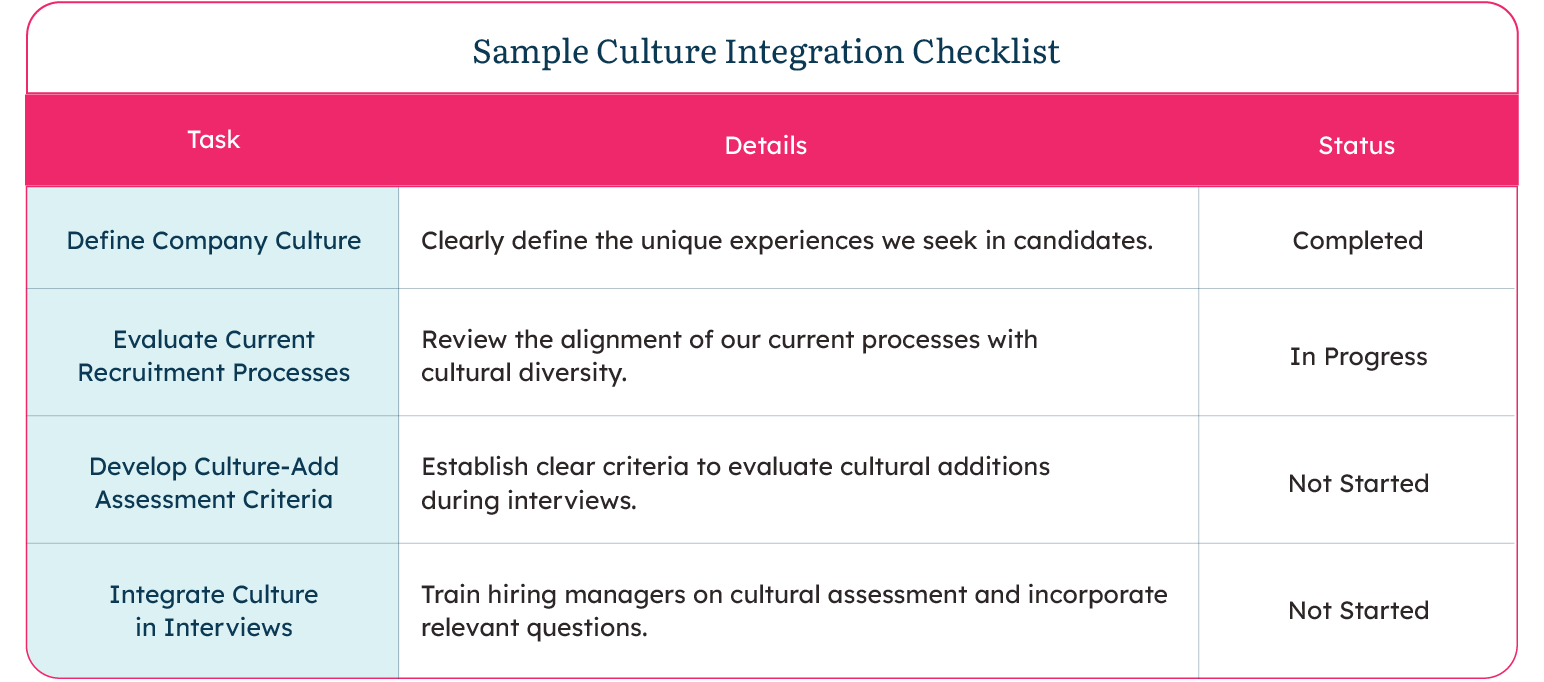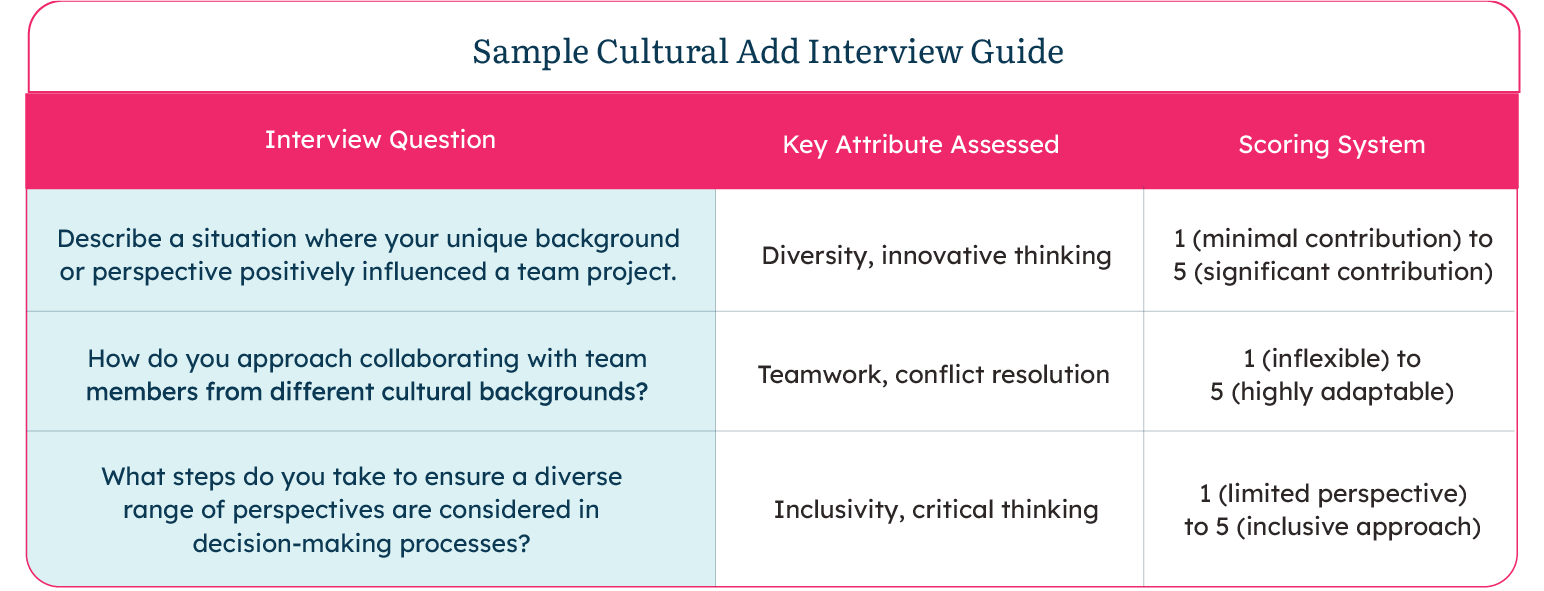Whether you’re hiring for a colossal corporation or a nimble startup, the way you interact with candidates can make or break your talent pool. Picture this: a top-notch candidate applies for your Director of Communications role, but the application process is a slog, updates are sparse, and the interviewers seem as prepped as a half-finished press release. Unsurprisingly, that highly-qualified comms pro will take their talents elsewhere. Candidate-centric recruiting isn’t just a hot topic—it’s the foundation of successful hiring. Ready to roll out the red carpet? Let’s elevate the hiring experience and measure your way to success.
Crafting a Compelling Job Description
First impressions aren’t just important—they’re everything. Your job description is your first handshake with potential candidates and should be memorable. Ditch the plain laundry lists; make it exciting. Use inclusive language that warmly welcomes a diverse talent pool. Flaunt your company culture, opportunities for growth, and unique perks that make you a top contender. These days, anything that can bring a human feel to the job description is welcome in a world of bots.
“Your job descriptions should be a conversation starter, not a dead end.”
Swap out the mundane, “We need a software engineer with 5 years of Java experience,” for the better, “Join our dynamic team as a software engineer where your Java prowess can shine, your ideas ignite innovation, and your career ascend alongside our thrilling projects.” More engaging, right?
Don’t just craft these descriptions and call it a day. Measure their effectiveness. Track metrics to ensure they hit the mark:
- Number of Applications Received: This straightforward metric tells you how many candidates your job description attracts. If the number is low, your description might be too niche or not compelling enough.
- Quality of Applicants: Receiving a flood of applications is great, but are they the right fit? Track the number of qualified candidates who make it to the interview stage. If the quality is low, your job description may not accurately convey the role or attract the right talent.
- Click-Through Rate (CTR): Measure how often your job posting gets clicked on compared to how often it’s viewed. A low CTR might indicate your job title or initial summary isn’t engaging enough to make candidates want to learn more.
- Conversion Rate: Track the number of people who start an application versus the number who complete it. If there’s a significant drop-off, your application process might need to be simplified.
- Source of Applications: Determine which channels (e.g., job boards, social media, company website) bring in the most and the best candidates. This can help you allocate your resources more effectively.
If you’re not attracting the talent you envisioned, tweak your pitch. A few adjustments can make a world of difference.
Streamlining the Application Process
Nothing kills enthusiasm like a clunky application process. Make it smooth and mobile-friendly. In today’s world, you can order a cold brew, hail an Uber, and swipe right—all with one finger. Your application should be just as easy.
- Tip: Test your application process. If it frustrates you, it will frustrate candidates.
- Quick Fix: Implement autofill options for common fields to save candidates’ time.
- Streamline by cutting unnecessary fields and allowing uploads directly from LinkedIn or other platforms. Keep it simple.
Key Metric: Track the drop-off rate during the application process. If candidates are bailing midway, it’s time to re-evaluate.
Enhancing Communication
Effective communication is crucial—keeping candidates engaged and excited. Keep them informed with timely updates and personalize your messages to make them feel valued.
“In recruitment, silence is not golden; it’s a deal-breaker.”
- Automated Acknowledgment: Send an instant acknowledgment email as soon as they hit ‘submit.’
- Regular Updates: Keep candidates informed about their application status, next steps, and timelines.
- Personal Touch: Address candidates by name and reference specifics from their application.
Ever wonder why some companies seem to attract top-tier talent effortlessly while others struggle to keep candidates interested? Spoiler alert: it’s all about communication! Not just any communication but messages that resonate, connect, and convert. In our latest guide, Making ATS Auto-generated Emails Awesome, we shed light on how to revolutionize your Applicant Tracking System (ATS) communications. Turn those boring, generic emails into engaging, impressive messages that candidates will actually appreciate. Ready to transform your automated messages into genuine connections? Dive into the guide or check out our blog on Automated ATS Emails and Candidate Communication. Let’s make your recruitment emails unforgettable!
Key Metric: Measure your response time. How quickly are you following up with candidates? Aim to shorten this as much as possible.
The Interview Experience
Interviews should be structured yet flexible, balancing professionalism with approachability. Train your interviewers to create a welcoming atmosphere and to ask insightful questions that go beyond the resume. Remember, interviews are a two-way street.
- Pro Tip: If possible (and relevant), offer candidates a tour of your office. This will give them a sense of your work environment and culture. Bonus points for creativity if you give a ‘tour’ of your remote work environment featuring your setup, team calls, examples of how you collaborate in real time, and testimonials from current employees.
- Structured Flexibility: Have a standard set of interview questions but leave room for natural conversation.
Encourage interviewers to be genuine, empathetic, and transparent about the role and company. This fosters connection and provides a realistic job preview.
Key Metric: Analyze candidate feedback on their interview experience. Are they leaving with a smile or a sigh?
Post-Interview Engagement
The recruiting process doesn’t end with the interview. Provide feedback, whether positive or constructive, to keep candidates engaged. Even if they’re not the right fit now, maintaining a positive relationship can pay off. They might be ideal for another role or refer other great candidates.
“A no today could be a yes tomorrow. Always leave the door open.”
- Feedback Loop: Promise feedback within a week of the interview.
- Future Opportunities: Encourage candidates to consider other openings that align with their skill set.
Key Metric: Measure the number of candidates who reapply or refer others. High numbers here indicate a strong candidate experience.
Creating a candidate-centric recruiting process isn’t just about filling positions—it’s about elevating the entire hiring experience and backing it up with solid metrics. It’s about making your candidates feel like VIPs, respected, and excited about joining your team. As the competition for top talent heats up, those who prioritize candidate experience will rise above the fray.
Still have questions or need more guidance? Book a free discovery session here— or grab a slot on Raine’s calendar – let’s get your recruitment metrics set up just right.





